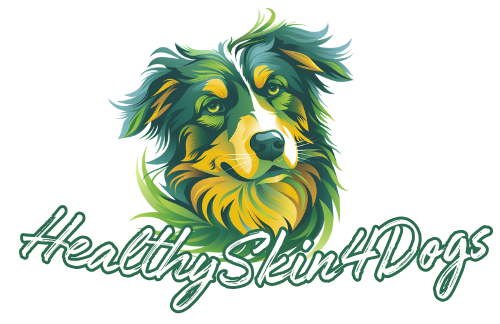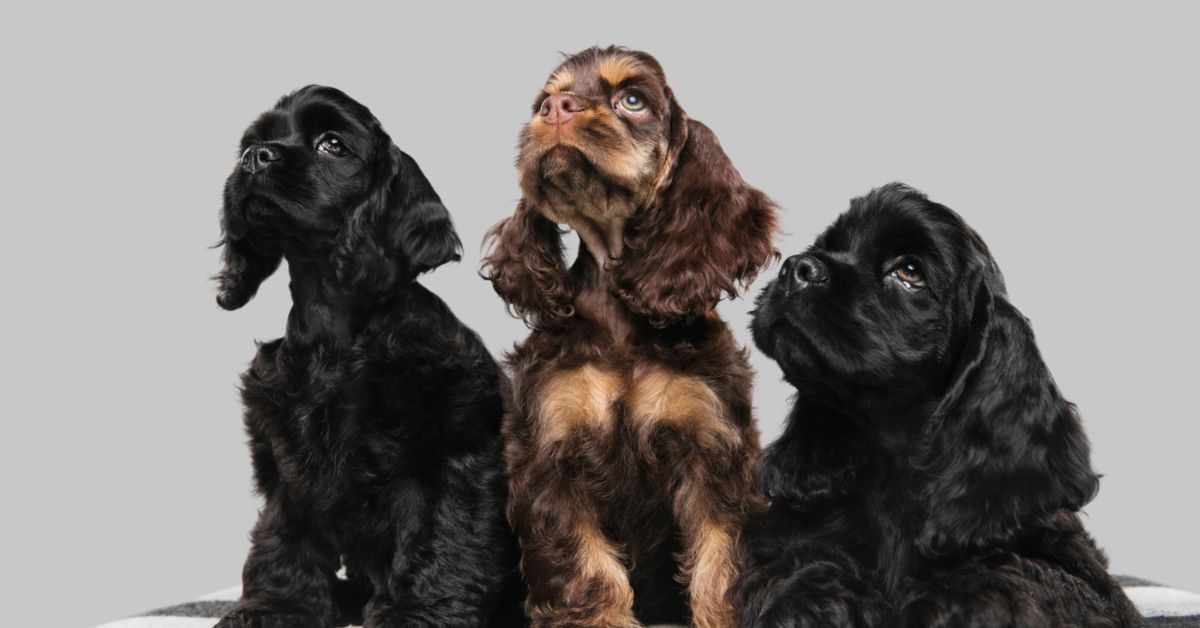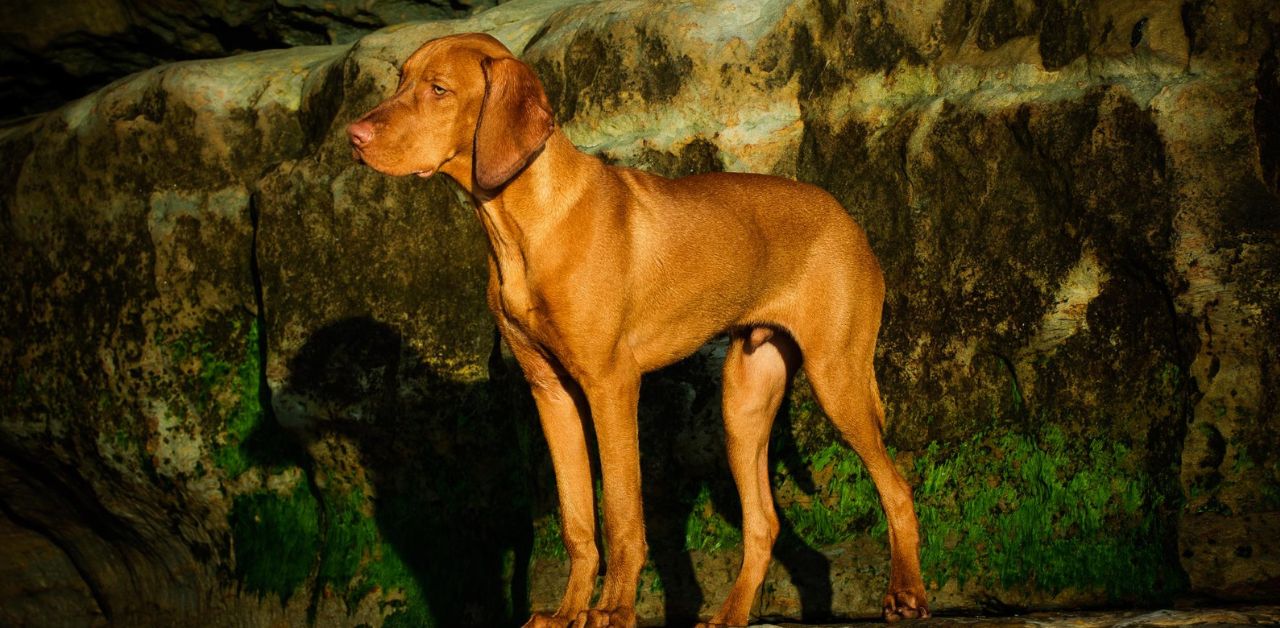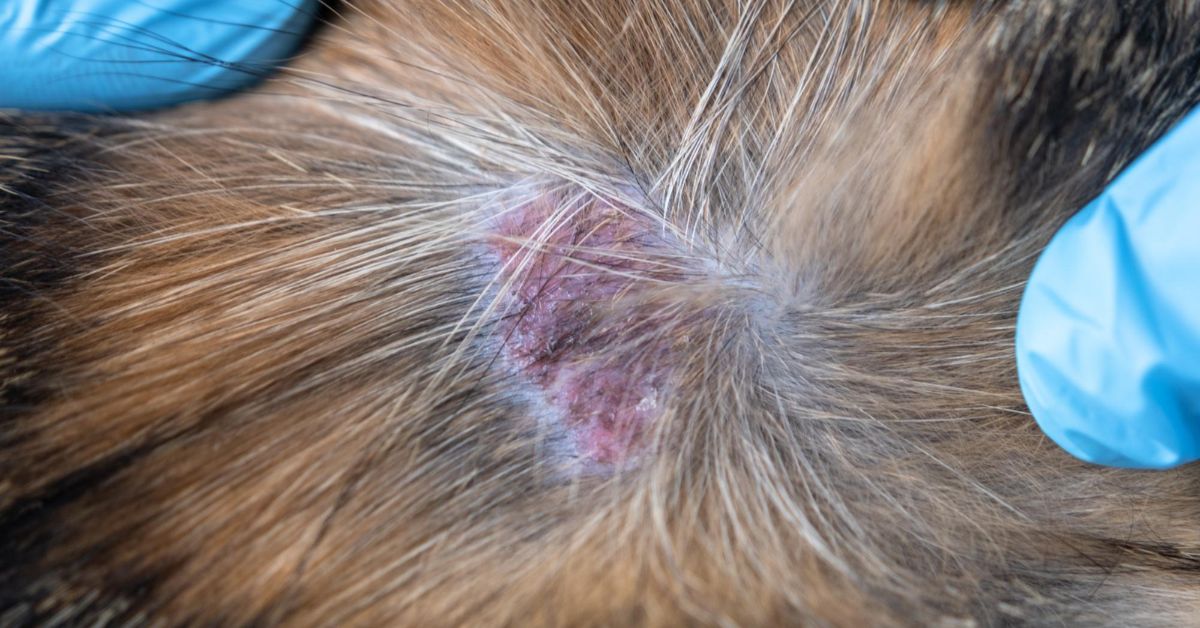Shedding is a common concern for many dog owners, especially those with breeds that shed excessively. Some dogs shed minimally, while others leave trails of fur wherever they go, making it challenging to maintain a clean home. Knowing the worst shedding dog breeds is essential when setting your expectations for your new pet.
In this article, we’ll explore the worst-shedding dog breeds and provide insights into the grooming needs of these high-shedding dogs. The thick double coats of Siberian Huskies and the constant shedding of Golden Retrievers are just some breeds whose fur requires regular maintenance. Keep reading to learn more.
What Causes Dogs to Shed?
Shedding is a natural process that helps dogs maintain healthy coats. It occurs when older or damaged hair falls out to make room for new growth. Many factors influence how much a dog sheds. Such as:
- Genetics: Some breeds are genetically predisposed to shed more due to their coat type.
- Double Coats: Breeds with thick, double coats shed more as they replace old hair with new growth.
- Seasonal Changes: Dogs often shed more in the spring and fall as they adjust to temperature changes.
- Health Issues: Conditions like allergies, infections, or hormonal imbalances can lead to excessive shedding.
- Poor Diet: Lack of proper nutrition, particularly fatty acids, can cause increased shedding.
- Age: Older dogs may experience more shedding as their hair growth slows down.
- Stress: Anxiety or stressful situations can sometimes lead to abnormal shedding.
- Environmental Factors: Hot or dry climates can cause dogs to shed more frequently.
Can Supplements Help Reduce Shedding in the Worst Shedding Dog Breeds?
Many owners of the worst shedding dog breeds seek solutions to manage fur loss. Incorporating the right nutrients can be crucial. Research indicates that the top supplements for dog shedding may help enhance coat health, reduce dryness, and minimize excessive shedding, providing a more comfortable experience for both pets and owners.
Top 10 Worst Shedding Dog Breeds
The following are the most common worst-shedding dog breeds that you should be aware of.
1. Siberian Husky
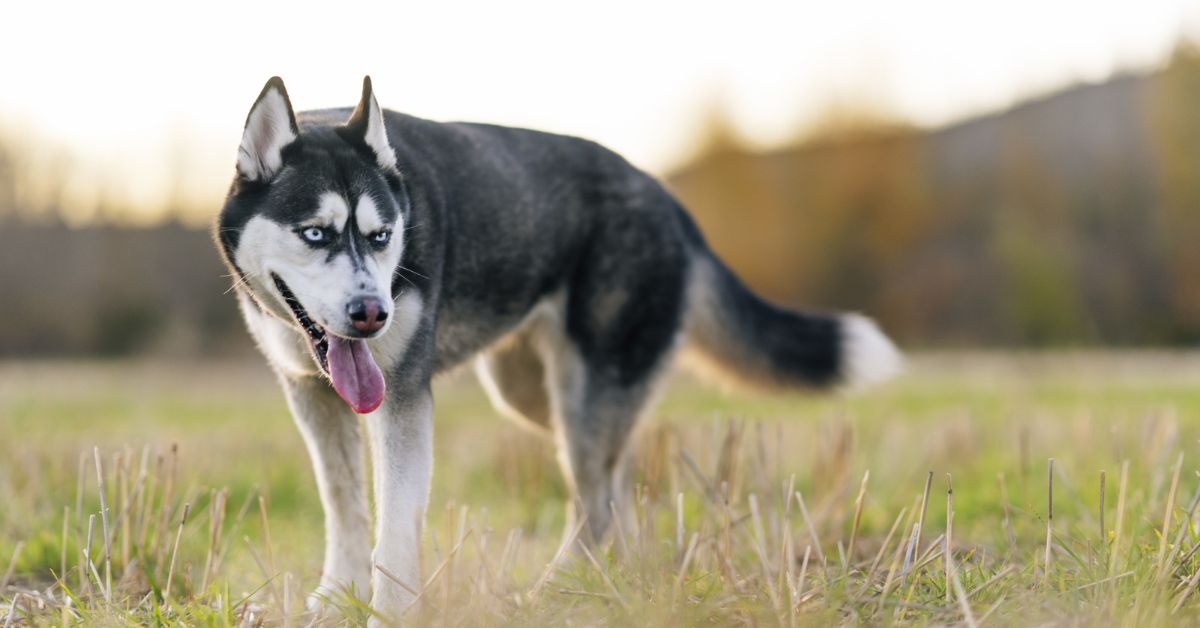
The Siberian Husky is a high-energy, resilient breed that sheds heavily, especially during seasonal changes. Known for their striking blue or multi-colored eyes, Huskies have a thick double coat that helps them withstand cold temperatures. However, their dense fur sheds constantly, and owners must commit to regular grooming. Huskies are often independent and strong-willed, requiring plenty of physical exercise and mental stimulation. This breed is ideal for active families and people experienced in dog training.
- Life Span: 12 to 15 years
- Weight: 35-60 lbs
- Height: 20-24 inches
- Origin: Siberia, Russia
- Characteristics: Friendly, independent, energetic, stubborn, vocal, strong-willed
2. German Shepherd
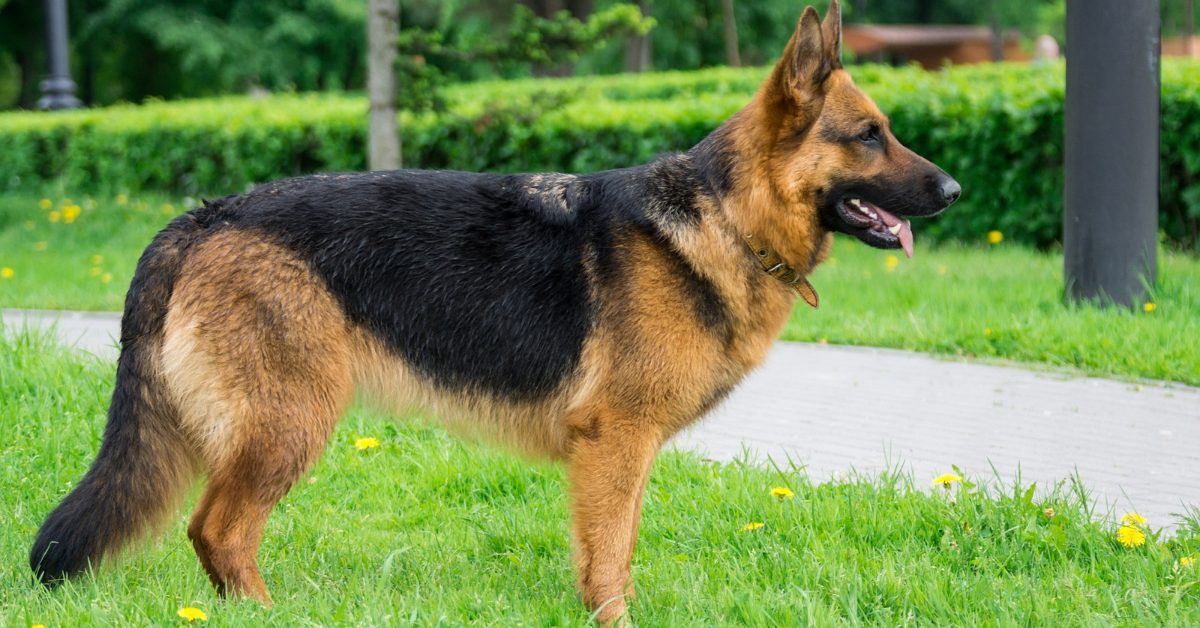
German Shepherds are known for their loyalty, intelligence, and tendency to shed year-round. Their thick double coat sheds heavily during warmer months, and regular brushing is essential to manage it. This breed is highly trainable, making them excellent working dogs in police, search and rescue, and service dog duties. German Shepherds are active, alert, and protective, making them good family dogs with the proper training.
- Life Span: 9 to 13 years
- Weight: 50-90 lbs
- Height: 22-26 inches
- Origin: Germany
- Characteristics: Intelligent, loyal, protective, active, alert, courageous
3. Golden Retriever
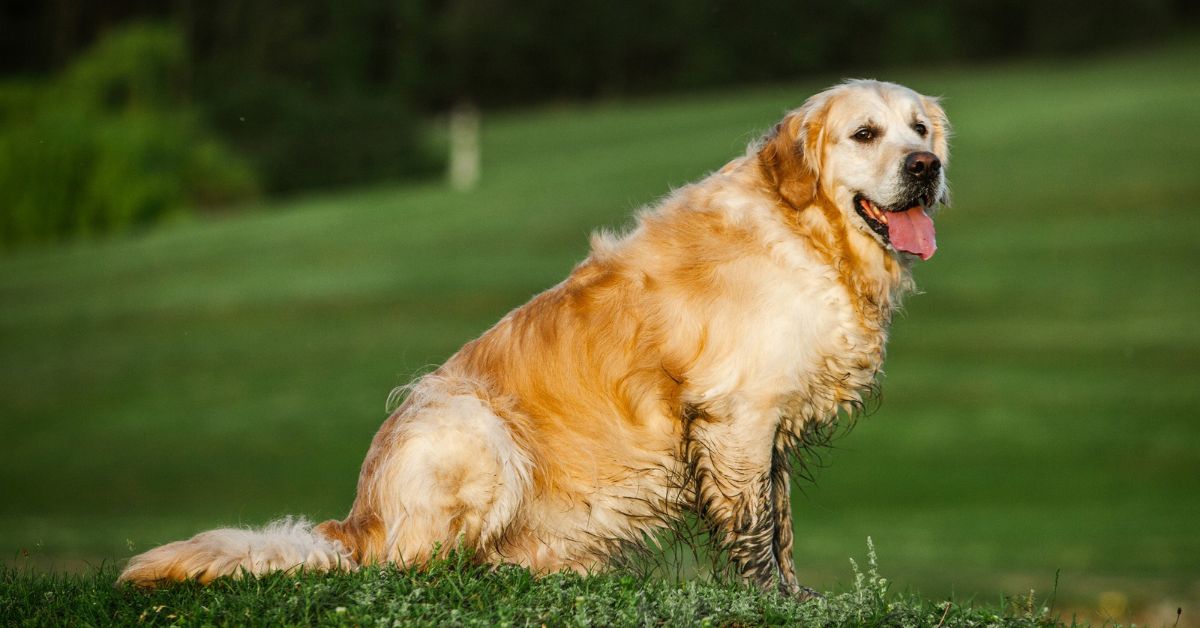
Golden Retrievers are friendly, loving, and versatile dogs known for their loyalty and beautiful golden coats. However, their shedding can challenge owners, particularly during shedding seasons. Their thick, water-resistant coat requires regular grooming to minimize shedding. Golden Retrievers are excellent family dogs, known for being gentle with children and highly trainable, making them ideal for first-time dog owners. While they shed moderately year-round, their temperament and qualities make them beloved pets.
- Life Span: 10 to 12 years
- Weight: 55-75 lbs
- Height: 21.5-24 inches
- Origin: Scotland
- Characteristics: Friendly, intelligent, loyal, playful, gentle, loving
4. Akita
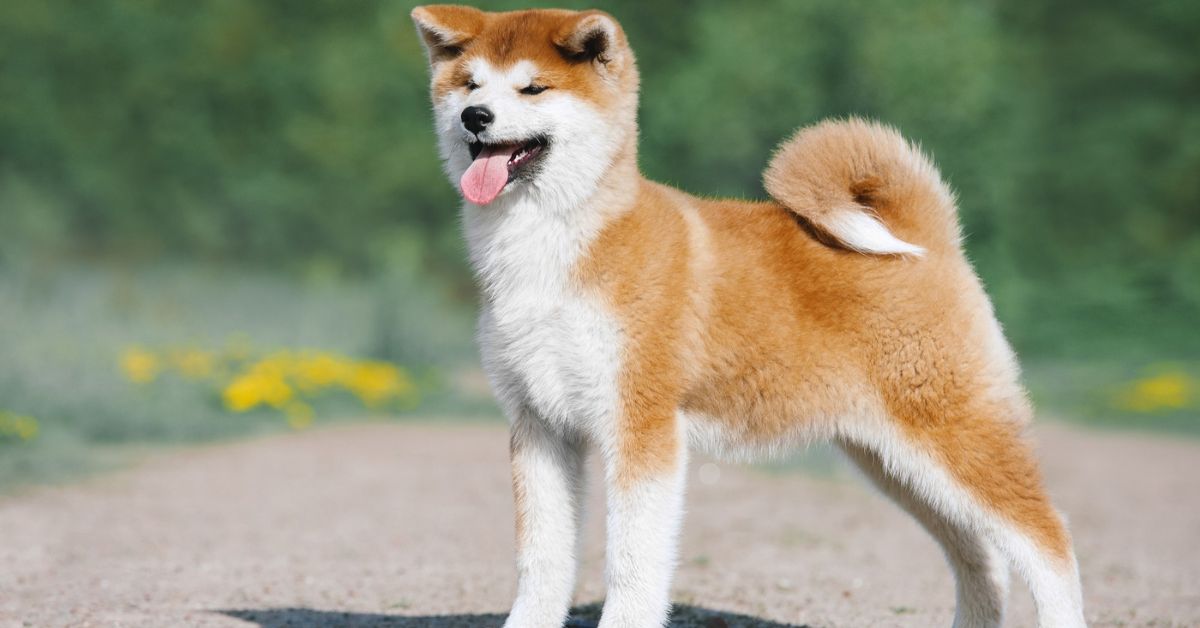
The Akita is a powerful, independent breed that sheds heavily, particularly during seasonal transitions. Their dense double coat requires frequent brushing to manage the shedding. While they are known for their loyalty and protective instincts, Akitas can be stubborn and require experienced owners. This breed suits families with a solid training foundation, as they can be reserved or aloof with strangers. Akitas are best suited for homes with large yards or those who enjoy outdoor activities.
- Life Span: 10 to 15 years
- Weight: 70-130 lbs
- Height: 24-28 inches
- Origin: Japan
- Characteristics: Loyal, courageous, independent, protective, reserved
5. Alaskan Malamute
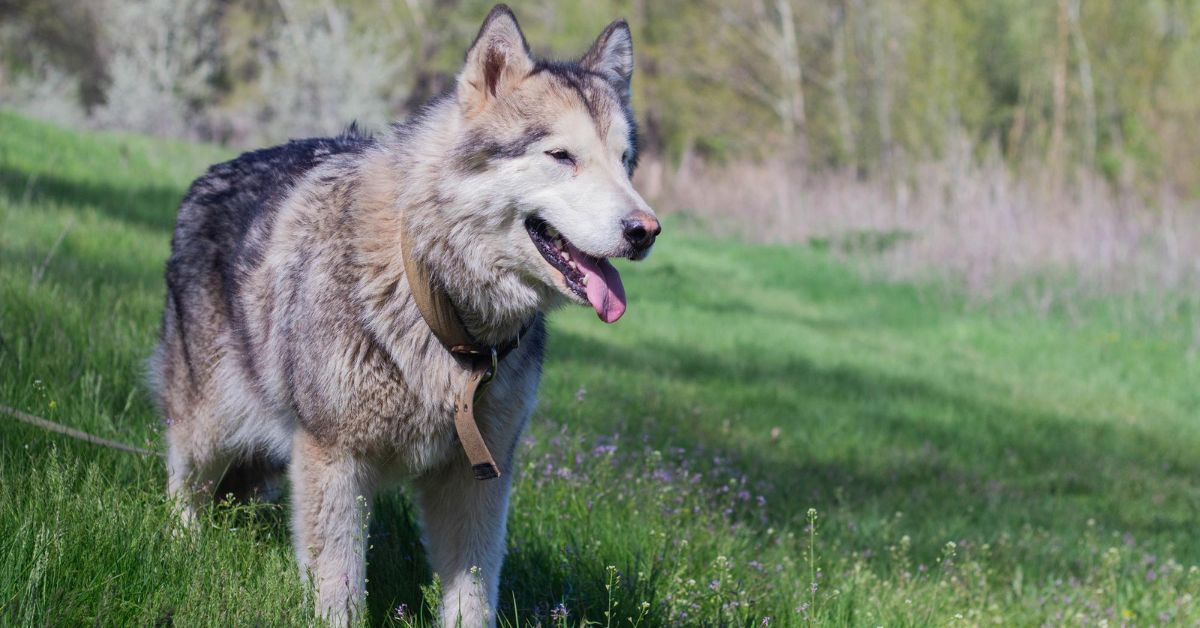
Alaskan Malamutes are large, strong dogs with a thick double coat that sheds heavily year-round, particularly during the spring and fall. Initially bred for hauling heavy freight in cold conditions, they are well-suited for colder climates but struggle in hot weather. Alaskan Malamutes are friendly and pleasant but require regular grooming to maintain their coat. These dogs thrive in homes with active families that can meet their physical and mental needs. Malamutes may be independent, so early training is crucial.
- Life Span: 10 to 14 years
- Weight: 75-100 lbs
- Height: 23-26 inches
- Origin: Alaska, USA
- Characteristics: Friendly, independent, strong, social, loyal, energetic
6. Labrador Retriever
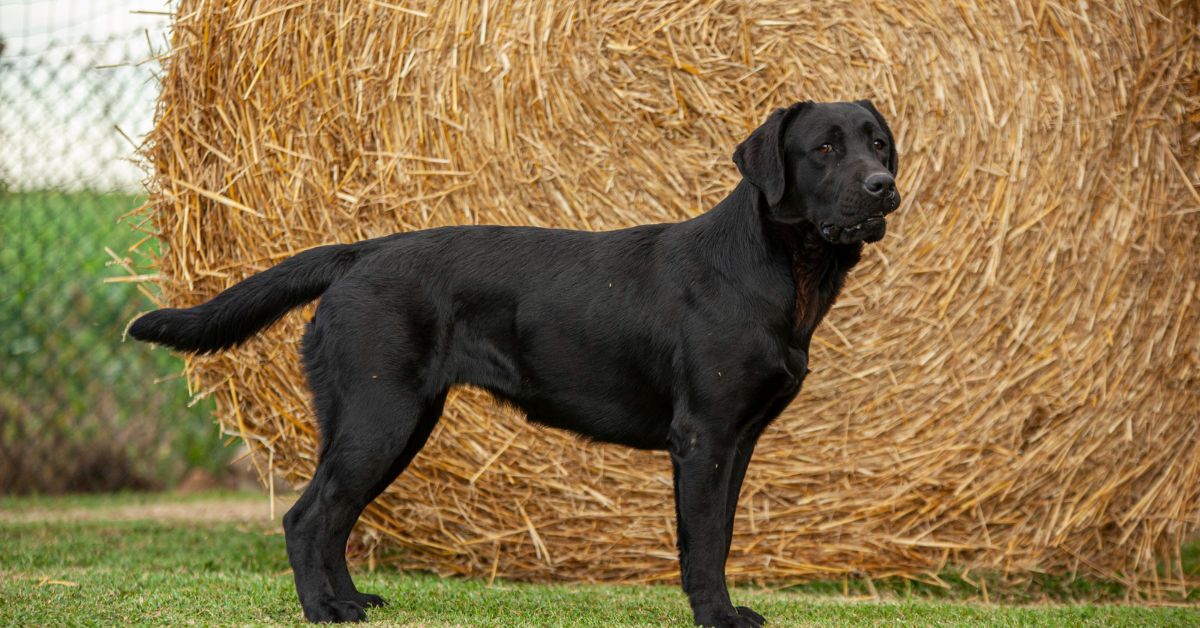
Labrador Retrievers are beloved for their friendly, easy-going nature and tendency to shed consistently throughout the year. Their short, dense coat sheds moderately, with increased shedding during the spring and fall. Labs are incredibly versatile, excelling in roles like therapy dogs, service dogs, and hunting companions. Despite their shedding, they are known for being affectionate, loyal, and great with children. Regular brushing helps manage the shedding and keeps their coat healthy.
- Life Span: 10 to 12 years
- Weight: 55-80 lbs
- Height: 21.5-24.5 inches
- Origin: Canada
- Characteristics: Friendly, outgoing, intelligent, energetic, loyal, social
7. Cocker Spaniel
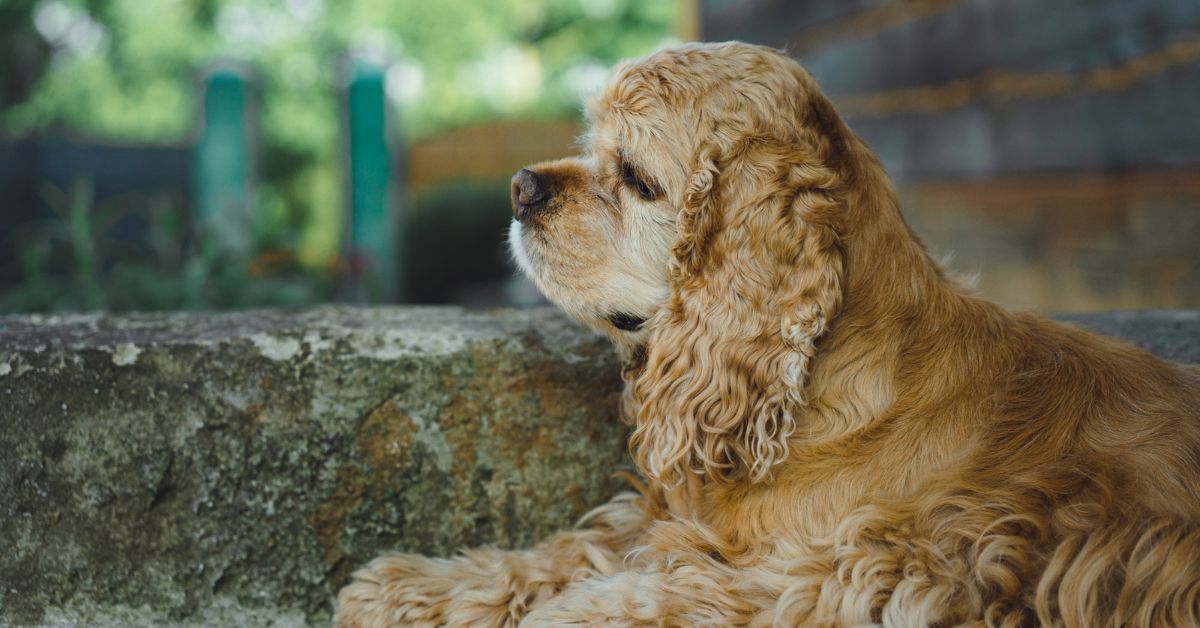
Cocker Spaniels are friendly, affectionate dogs known for their long, silky coats, which shed moderately. Regular grooming and brushing are essential to prevent mats and tangles. This breed is ideal for families with children, as they are gentle and playful. Cocker Spaniels are known to be friendly, but they can be a bit sensitive and prone to separation anxiety. Grooming and managing their shedding can require effort, but their sweet temperament makes them great companions.
- Life Span: 12 to 15 years
- Weight: 20-30 lbs
- Height: 13.5-15.5 inches
- Origin: England
- Characteristics: Friendly, affectionate, gentle, playful, sensitive, loyal
8. Saint Bernard
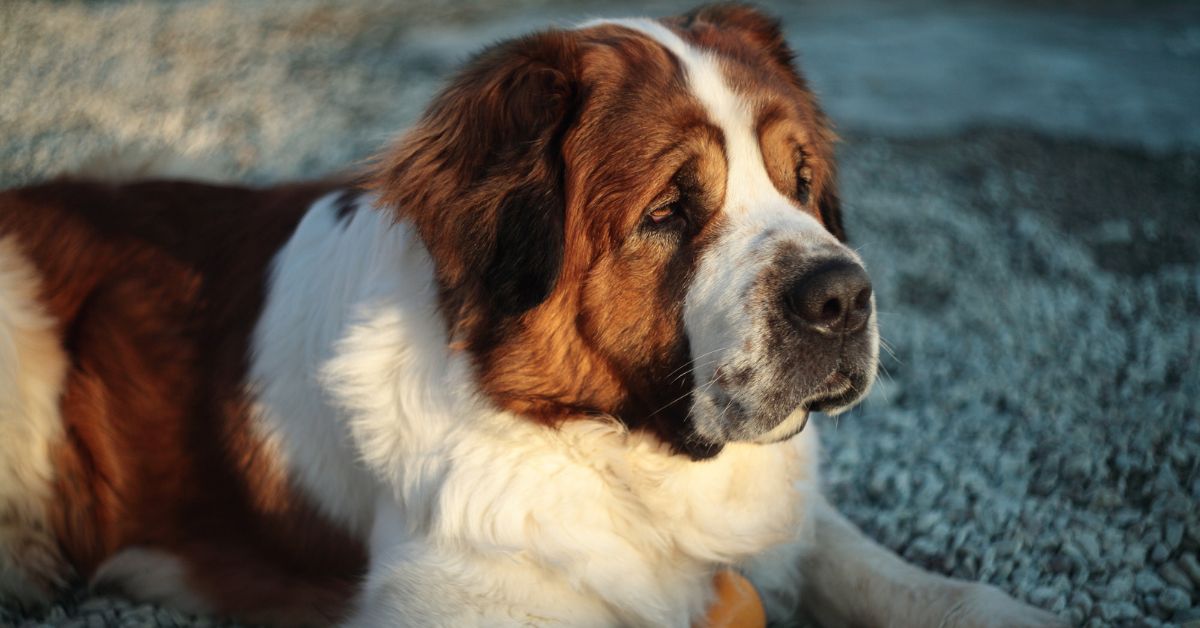
Saint Bernards are giant dogs with a thick double coat that sheds heavily, especially during warmer months. They are gentle giants known for their calm and affectionate nature. Despite their large size, Saint Bernards are great family dogs and get along well with children and other pets. However, they require regular grooming to manage their shedding. Their coat tends to be dense and long, and they shed year-round, with increased shedding during seasonal changes.
- Life Span: 8 to 10 years
- Weight: 120-180 lbs
- Height: 26-30 inches
- Origin: Switzerland
- Characteristics: Gentle, affectionate, calm, friendly, loyal, patient
9. Newfoundland
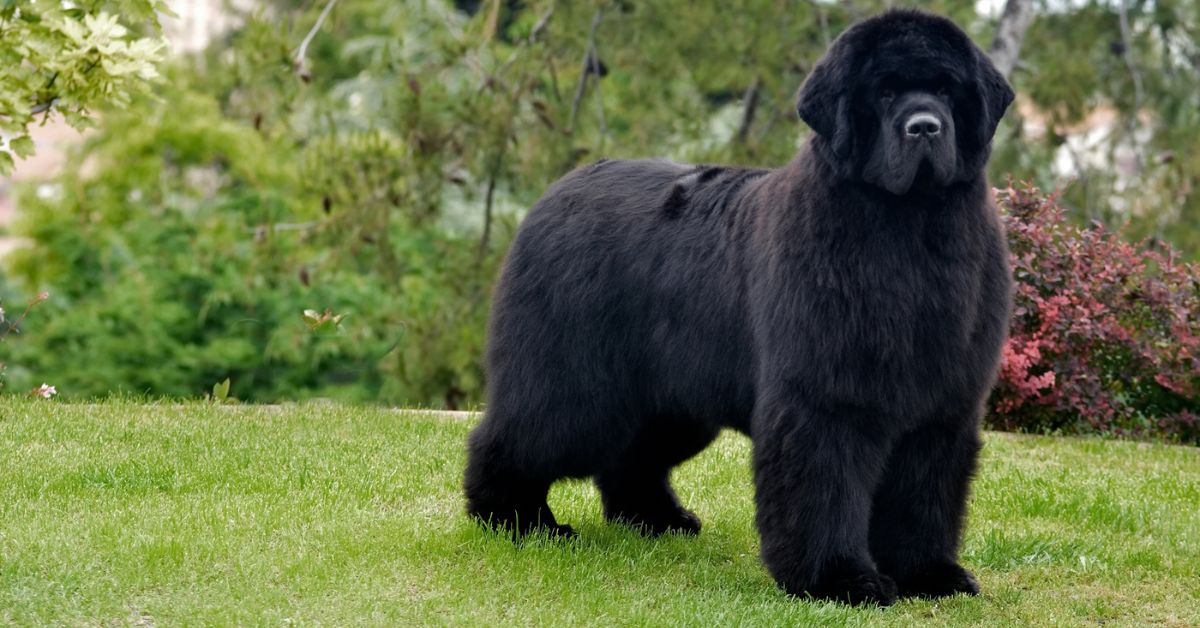
Newfoundlands are large, strong dogs with a thick, water-resistant coat that sheds heavily. Their double coat requires regular grooming to prevent mats and manage the shedding. Despite their large size, Newfoundlands are gentle, patient, and excellent with children. They were originally bred as working dogs for fishermen, so they thrive in active households. Regular grooming is necessary to keep their coat healthy and manageable, particularly during shedding seasons.
- Life Span: 8 to 10 years
- Weight: 100-150 lbs
- Height: 26-28 inches
- Origin: Newfoundland, Canada
- Characteristics: Gentle, patient, affectionate, calm, loyal, friendly
10. Bernese Mountain Dog
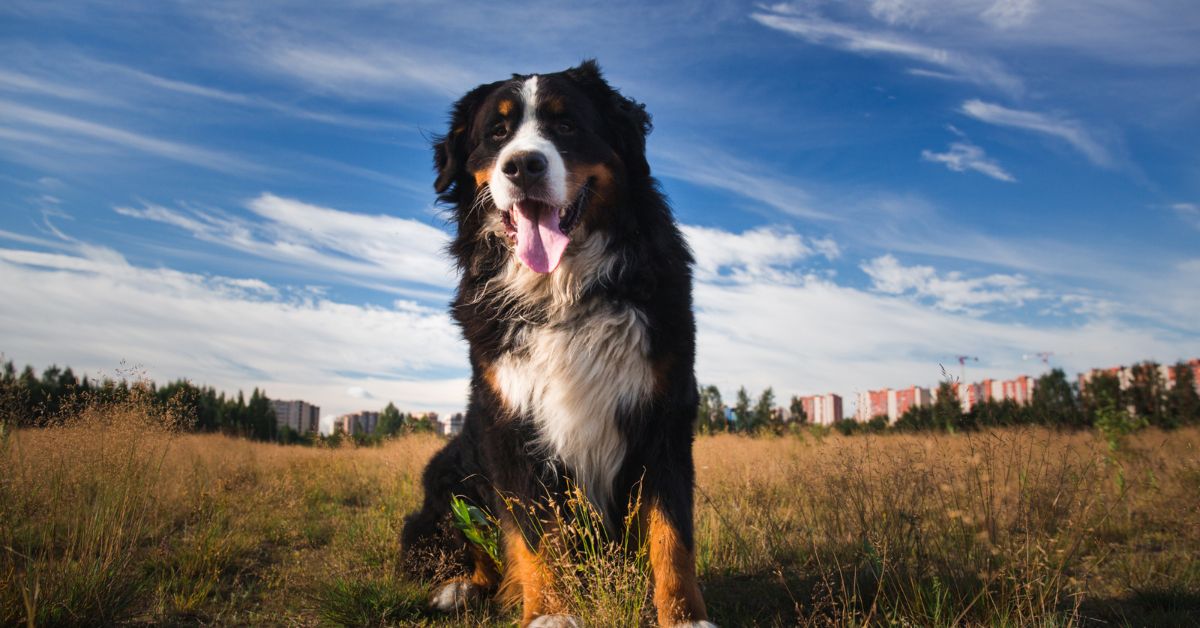
The Bernese Mountain Dog is known for its beautiful, long double coat, which sheds heavily throughout the year. Their thick fur requires frequent grooming to keep shedding manageable. Bernese Mountain Dogs are affectionate, good-natured, and get along well with children and other pets. They are large, strong dogs originally bred to work on farms. Regular brushing and care are necessary to keep their coat in good condition and reduce shedding.
- Life Span: 7 to 10 years
- Weight: 70-115 lbs
- Height: 23-27 inches
- Origin: Switzerland
- Characteristics: Affectionate, loyal, calm, friendly, intelligent, patient
How to Manage Shedding in High-Shedding Breeds
Managing shedding in high-shedding dog breeds requires regular grooming, proper nutrition, and a few simple lifestyle adjustments. While it’s impossible to stop shedding completely, there are several effective ways to minimize the mess and keep your home clean.
Regular Brushing
Brushing your dog’s coat frequently is one of the most effective ways to manage shedding. Breeds with thick or double coats benefit from daily brushing to remove loose hair and prevent mats. Regular grooming helps reduce the hair left behind on furniture, floors, and clothing.
Use the Right Tools
Invest in high-quality grooming tools designed for heavy shedding. Brushes with dense bristles or de-shedding tools can help remove more hair. Using an undercoat rake can prevent tangles and mats while reducing excess fur for dogs with long or double coats.
Bathing and Shampooing
Bathing your dog regularly helps to remove loose fur and keep its skin healthy. Use a dog-friendly shampoo that won’t irritate the skin. Bathing can be done every 4-6 weeks, but avoid over-bathing, as it can strip natural oils from the skin.
Healthy Diet
A balanced diet of essential fatty acids, proteins, and vitamins can promote healthy skin and coat. Dogs with poor nutrition may shed more, so consider feeding them high-quality food that supports skin health. Like fish oil, supplements can also reduce shedding and improve coat condition.
Hydration
Keeping your dog well-hydrated ensures their skin remains moisturized and helps reduce dry, flaky skin that could contribute to shedding. Always make sure your dog has access to fresh water.
Vet Checkups
Regular vet visits can help ensure no underlying health issues are causing excessive shedding. Conditions like allergies, skin infections, or hormonal imbalances can increase shedding, and your vet can provide treatment options to address these concerns.
Air Purifiers
If you struggle with the fur accumulating in your home, investing in an air purifier can help capture pet dander and fur particles. It can reduce allergens in your living space and improve the air quality.
Keep Your Home Clean
Vacuuming frequently, especially with a vacuum designed for pet hair, can help manage the shedding mess. You should also regularly wash your dog’s bedding and toys to minimize hair buildup.
Read More: Why Is My Dog Itching But No Fleas
Conclusion
Managing shedding in high-shedding dog breeds can be challenging, but with the proper care, it’s manageable. Regular brushing, adequate nutrition, and consistent grooming can help minimize shedding. Keep your dog healthy and comfortable to reduce excessive fur loss. While shedding is natural, following these tips can make life easier for you and your dog. A little effort goes a long way in maintaining a cleaner home and a happy pet.
